Rabobank: dairy can learn from non-dairy
28 May 2018The time is right, Rabobank believes, for the dairy sector to reflect on the success of alternative dairy products and to consider applying those lessons to dairy.

Dairy alternatives are on the rise as consumers are increasingly going dairy-free, particularly when it comes to fluid ‘milk’ used on things like cereal or in coffees, notes Rabobank. More recently, biotechnology has entered the arena, brewing milk proteins through biofermentation. The time is right, the company believes, for the dairy sector to reflect on the success of alternative dairy products and to consider applying those lessons to dairy, and its thoughts are contained in the latest RaboResearch dairy report Dare Not to Dairy - What the Rise of Dairy-Free Means for Dairy… and How the Industry Can Respond.
Dairy alternatives have competed in the dairy space for decades, but competition has intensified as dairy alternatives broaden in types, styles, and categories of product, Rabobank says, noting that global retail sales growth for dairy alternatives has soared at a rate of 8% annually over the last ten years. With retail sales valued at $15.6bn, dairy-free ‘milk’ represented 12% of total fluid milk and alternative sales globally in 2017, according to Euromonitor.Nutrition, price, and flavour tend to favour dairy, Rabobank believes, but changing consumer perceptions around health, lifestyle choices, curiosity, and perceived sustainability are increasingly drawing more people to select ‘dairy-free’ products.“Global demand for dairy is expected to grow by 2.5% for years to come, with demand for non-fluid categories offsetting weak fluid milk sales,” said Tom Bailey, RaboResearch Senior Analyst – Dairy. “While it’s not essential to diversify into dairy alternatives, it would be wise for the dairy industry to at least learn one thing from the success of dairy alternatives, which may be putting the consumer first and trading in the old grass-to-glass model for glass-to-grass.”The challenge for dairy lies mostly in fluid milk, according to Rabobank, where retail sales in western Europe ($18.6bn) and the US ($12.5bn) declined at an annual rate of 5% and 3%, respectively, in the five years to 2017, according to Euromonitor.The results over the last five years have, says Rabobank, favoured dairy players who have invested in milk alternatives across the supply chain – from planting almond trees to buying brands. The investments in dairy alternatives have, it says, shown returns above standalone dairy.Related news

Asian beverage brands deal with rising costs
4 Jan 2023
Decreasing bottle sizes or increasing prices? Asian beverage brands are finding “creative approaches” to manage rising costs, according to industry analysts.
Read more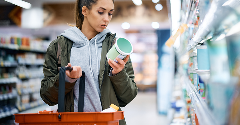
Value-seeking US consumers cut back on food spending
2 Jan 2023
Cheaper items, smaller sizes, and shorter grocery lists: inflationary effects coupled with a global long-term recession are set to continue shaping food spending habits, according to a recent Rabobank report.
Read more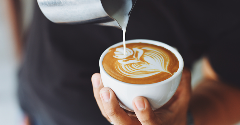
Opportunities grow for lower-caffeine coffee
23 Dec 2022
Many consumers want the mental focus of caffeine without the jitters, prompting a wave of product development such as “half caffeine” ground coffee or ready-to-drink (RTD) cold brew blended with relaxing botanicals.
Read more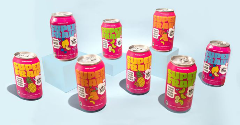
Superfrau upcycles liquid whey for energy drinks
22 Dec 2022
US company Superfrau turns surplus whey into sustainable, upcycled-certified dairy products for the recovery drinks market.
Read more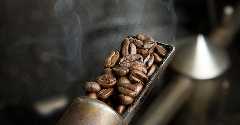
Swedish food agency: One in 10 coffee brands contain excess acrylamide
7 Dec 2022
New findings from the Swedish Food Agency have revealed three of 29 coffee products sampled contained acrylamide above limits, reinforcing the link between levels and degree of roasting.
Read more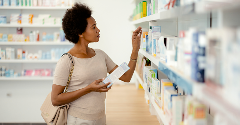
Editor’s choice: Our roundup of the latest women’s health products around the world
2 Dec 2022
From botanicals to combat menopause symptoms to a hydration powder for mothers-to-be, here is our roundup of the most innovative new product launches within women’s health.
Read more
The prize no brand wants to win: 2022’s most misleading products
28 Nov 2022
Food industry watchdog Foodwatch is asking consumers to vote for 2022’s most misleading product. A high-sugar vitamin water and “artisan” salad made with artificial additives are among the nominees.
Read more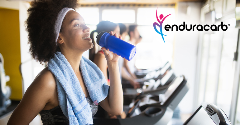
enduracarb®: A science-backed trehalose ingredient for athletic endurance
24 Nov 2022
enduracarb® is a science-backed, slow-acting carbohydrate that can power athletes’ performance. Produced using a high-purity production process, it is suitable for a wide variety of applications.
Read more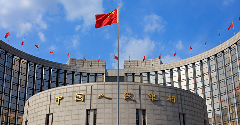
China bans celebrity endorsement of health and formula foods
22 Nov 2022
China is to ban celebrity endorsement or advertising of certain products, completely banning high profile figures with “lapsed morals” as the country attempts to drive society towards “core socialist values”.
Read more
MicroThermics’ Formulators Guide to Process Selection for Plant-Based Beverages
15 Nov 2022
Plant-based beverages & products are mainstream! Come to FIE booth 4D122 & read our whitepaper to see how processing in the lab at commercial HTST & UHT conditions gets you to market faster for less!
Read more